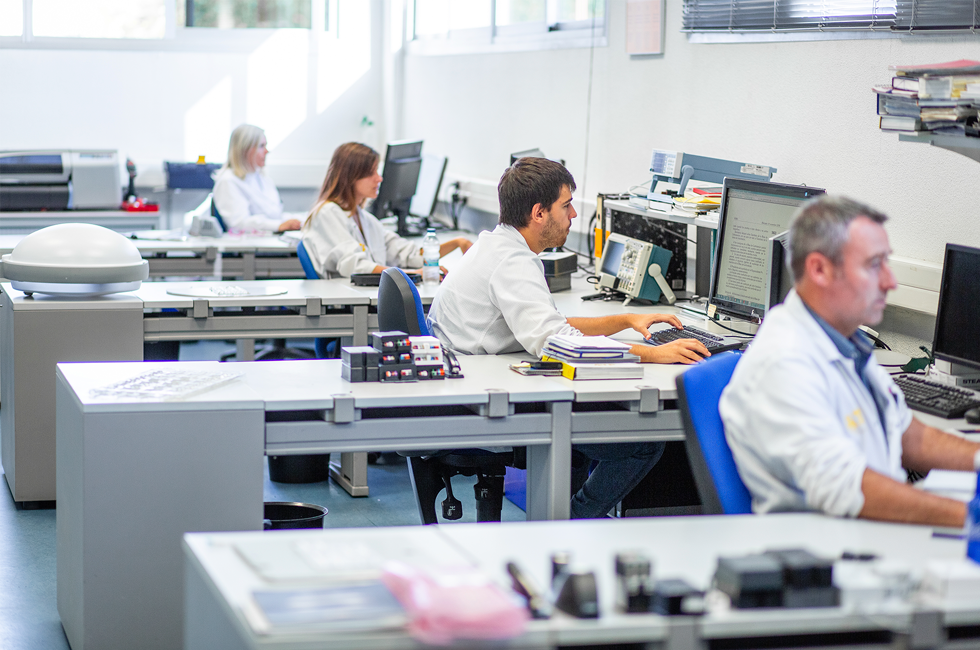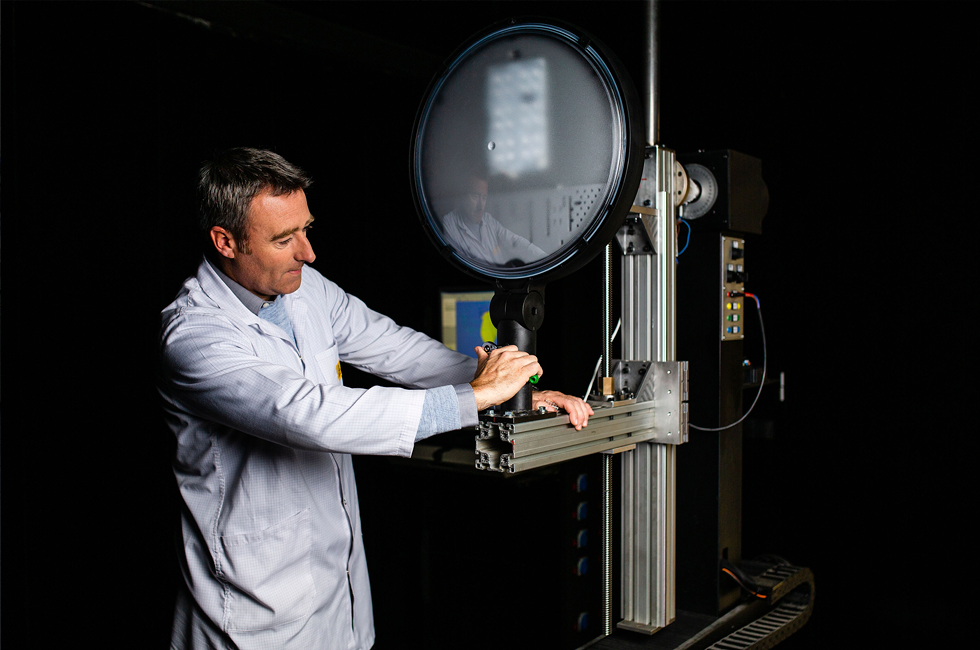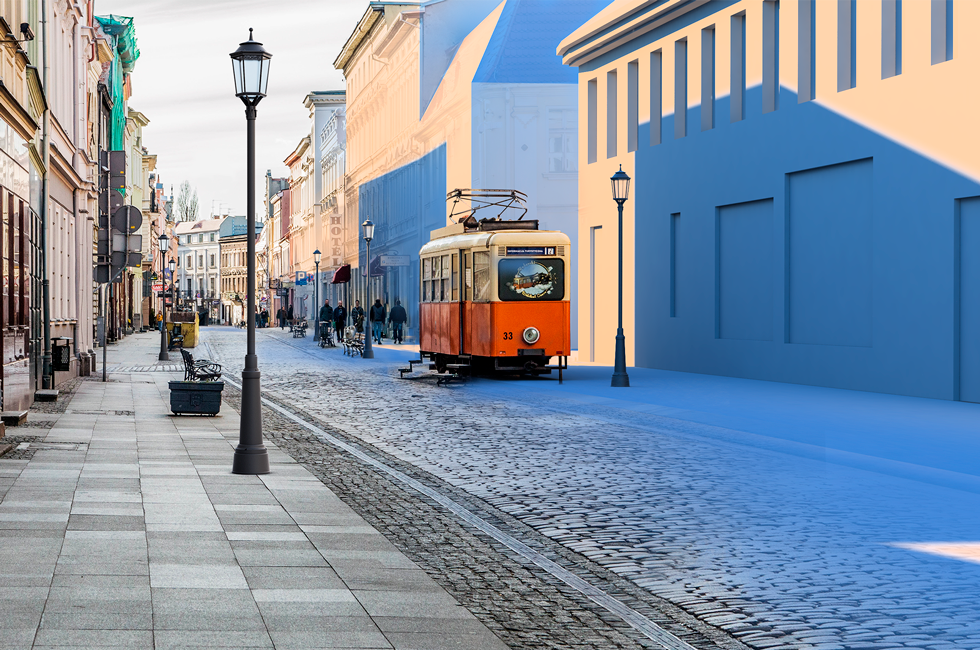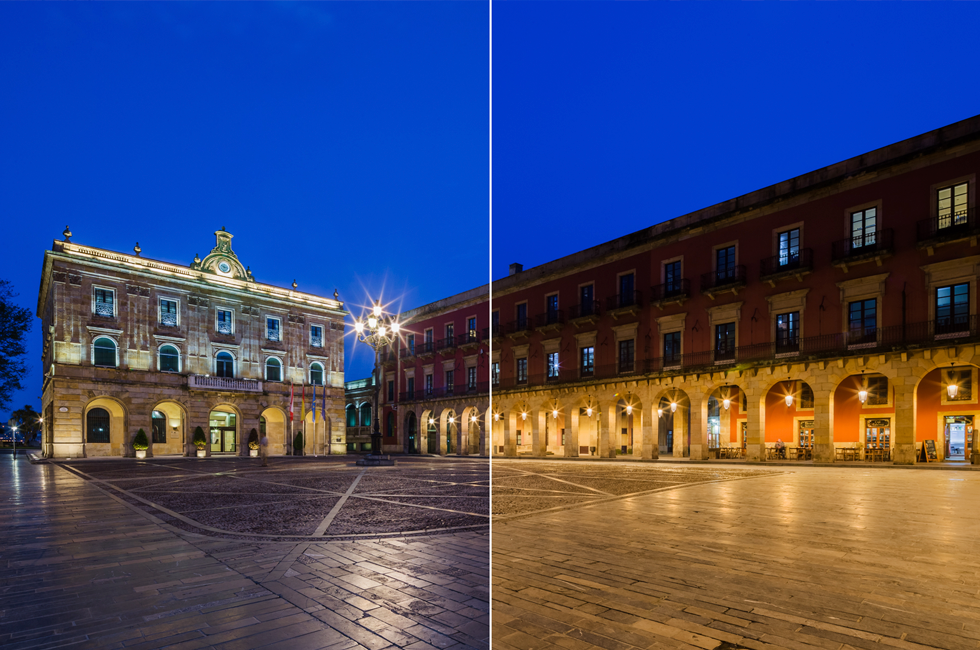ATP's Technical Office
at your service
Our Technical Office offers our clients complete advice for their outdoor lighting projects. These services range from preparing personalized light studies to developing 3D representations to integrate our products virtually in the real environment.
Lighting studies and
3D rendering
Our factory is equipped with its own photometric laboratory with corresponding high precision photogoniometer to carry out all pertinent testing. These tests include measurements of flow, efficiency, colour temperature, colour rendering index, and photometric curves, among other parameters, with maximum reliability in accordance with testing standards for LED technology UNE EN 13032-1, 2, 4 and 5.
Based on this technology, at ATP we offer our customers a lighting study service designed to offer complete and optimal solutions to their projects. The study is provided in a format compatible with any lighting calculation program, and contains all the information necessary for development:
• Energy data evaluation.
• Three-dimensional view.
• General data.
• Project luminaires.
• Calculation points.
• Isolux curves (horizontal illuminance).
• Isoluminance curves.
• Virtual representation of illuminance with colours.
• Virtual representation of illuminance in greyscale.
• Numerical results (horizontal illuminance).
• Numerical results (luminance).
• Quality parameters.
Once the lighting studies have been carried out, if there are situations that cannot be optimally solved with standard optics, we design or customise ad hoc photometric distributions in order to comply with customer project requirements. This capacity of adaptation and development provides us with great versatility and allows us to solve any setting through custom solutions.
We also offer a 3D rendering service which demonstrates, quickly with an estimation of the final result of the work, how a finished lighting project will look.
Architects and designers, aware that outdoor lighting assemblies can complement the landscape, highlight its qualities as well as beautify and add character to it, use 3D rendering to get a precise idea of which products best combine aesthetically with the environment in which they will be installed.
These virtual integrations enable experimentation with different models, shades, customisation accessories, and even colour temperatures to get the exact desired design.







![[...]](https://www.atpiluminacion.com/xtra/imgs/loading.gif)